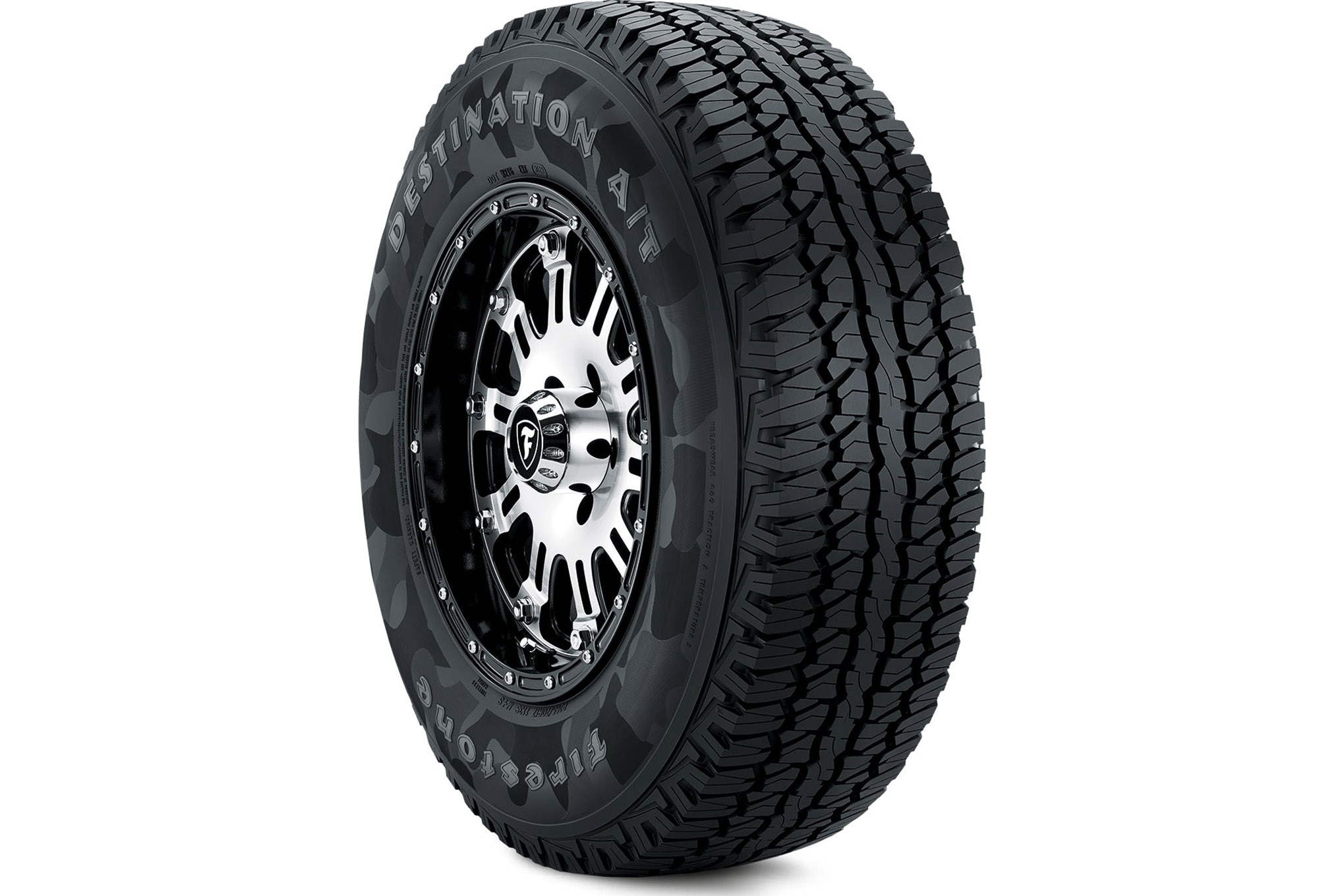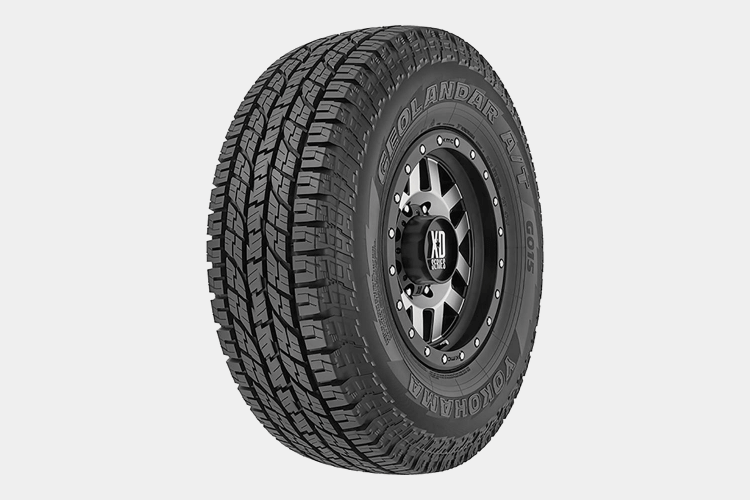What are the advantages and disadvantages of utilizing Terrain tyres?
All-terrain tires provide traction on a variety of surfaces, both on and off the road. They combine off-road tires’ open tread pattern with street tires’ excellent handling. It’s crucial to keep in mind that these tires are multi-purpose. As a result, it’s not the greatest choice for folks who exclusively drive on highways and paved roads, or who only drive off-road.

These tyres have a long life cycle, regardless of whether they are used on or off the road. They also have good off-road traction and are less prone to punctures. The traction of the tires on off-road surfaces is improved by this design. Many interlocking tread pieces give excellent traction on rocks and mud, as well as appropriate handling on solid roads. All-terrain tires provide traction on snowy and slippery situations since they are all-purpose. You don’t need to switch from summer to winter tires if your car’s regular performance is satisfactory. Winter tires, on the other hand, feature a tread design and rubber compounds that give them an advantage over all-terrain tires. Some all-terrain tire models have reinforced sidewalls, which increase load bearing capability. These tires are often more aggressive and designed for bigger trucks and off-road use. Because campers have a heavier weight to haul, they frequently employ reinforced all-terrain tires.
All-terrain tyres are more expensive and wear out more quickly than highway tyres. It’s worth emphasizing that all-terrain tyres are extremely popular among off-road enthusiasts. Also, keep in mind that different firms produce different types of all-terrain tyres, so check the ply of the tyre and select one that meets your needs. New designs, all-terrain tires are vulnerable to cupping; the more severe the tire, the more likely it is to cup. In most cases, the fundamental culprit is a lack of stabilizer control. Check them out from time to time, and rotate your tires every 6,000-8,000 miles.
The tires’ softer rubber means they have a reduced tread life, though it isn’t any less than the industry standard of 40,000 miles. All-terrain tires benefit from these compounds since they help them perform well on a variety of conditions. Tires with a mileage of 50,000-70,000 miles are more long-lasting. In terms of power consumption, only some tires are in the center, since conventional street tires use less then off tires use a lot more. The economy is influenced by friction losses, wind and sliding opposition, and tread patterns.
Tighter sides and nearly no tread could reduce rolling resistance, although the latter would also reduce traction. The tread design makes the tires louder than ordinary all-season tires. Block tread patterns on mud, off-road, and all-terrain tires generate a louder noise. The grooves on such tires are normally symmetrical, whereas the grooves on touring tires come in a variety of configurations. This changes the sound of the air passing through them, although the air flows usually cancel each other out, resulting in less noise. Mud terrain tyres have the disadvantage of being expensive and wearing out rapidly on concrete. They’re also uncomfortable to drive at highway speeds. For more info, visit https://www.autostires.com


